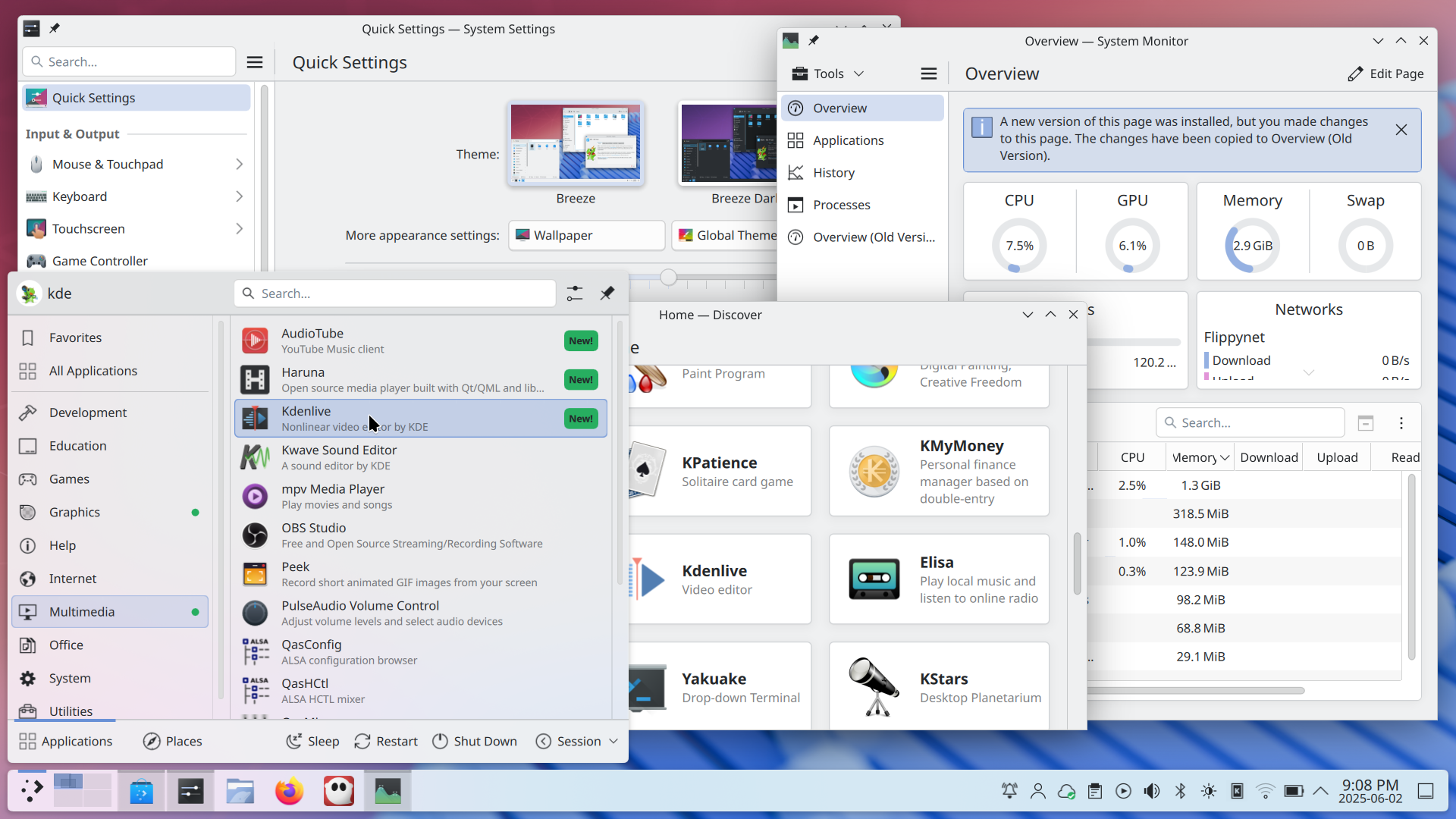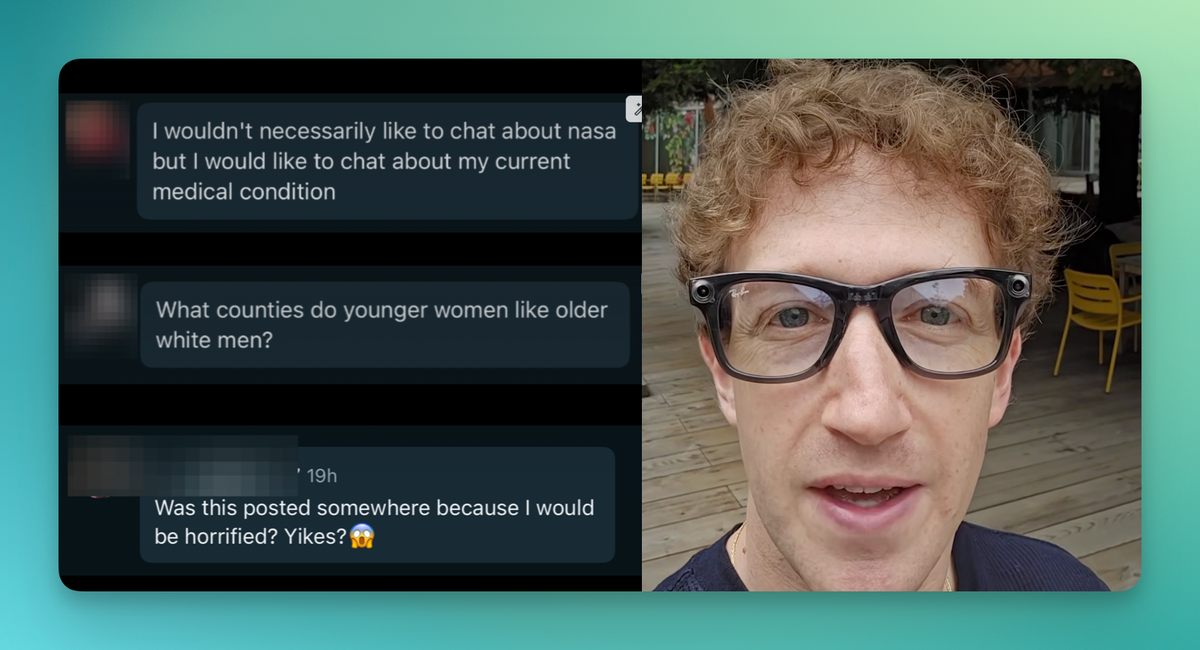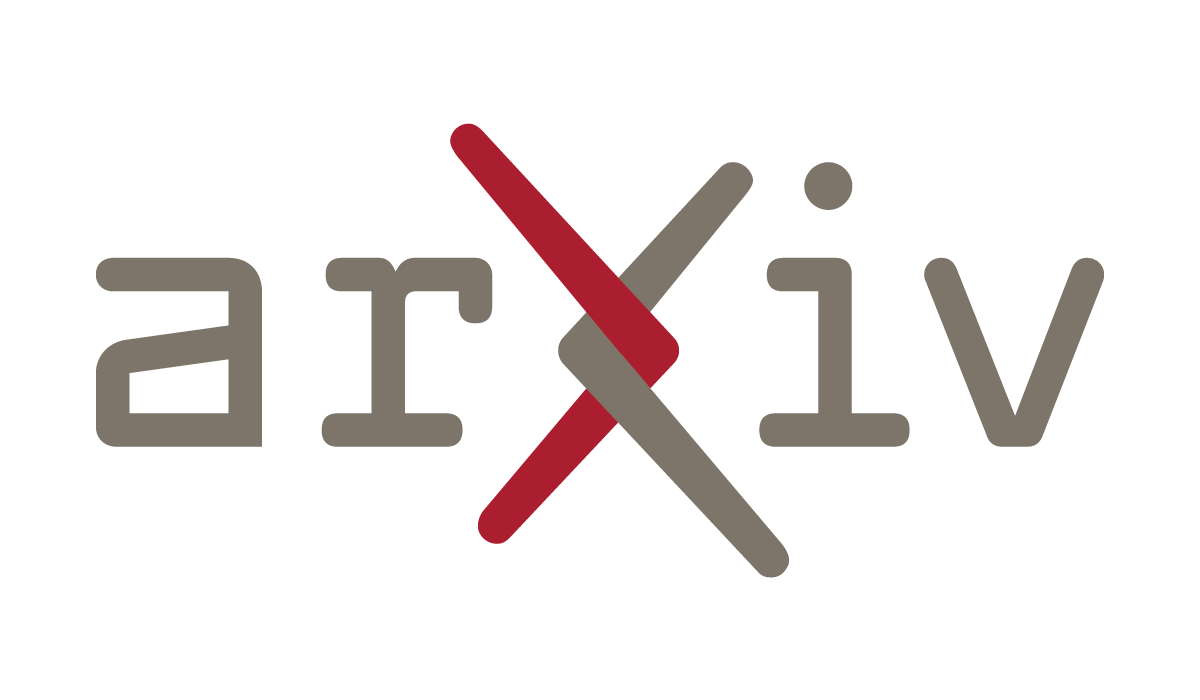Jure Repinc
Digital and software freedom/rights advocate from Slovenia, Europe. Also a member of the Pirate party. You can find me on Mastodon: @JRepin@mstdn.io
- 391 Posts
- 67 Comments
I have the BPI-F3 and it comes with Bianbu distribution by default. It is based on old LTS versions of Ubuntu with some updated packages (like Mesa) and some packages optimized for the X60/K1 CPU. The problem with this CPU/SBC is that SpacemiT is bad at upstreaming the support, they do support only in their own forks of Linux kernel and other software. So upstreaming is done by volunteers and is progressing very slowly (example only for the Linux kernel), so usual distros like Debian do not have support out of the box. Also it is a problem that the K1/X60 has some Imagination PowerVR BXE-2-32 integrated graphics and this one is not supported by Mesa and only has closed binary drivers which Imagination provides to SpacemiT and they then add it into Bianbu. Also keep in mind that even this driver does not support OpenGL (the normal desktop one). Only OpenGL ES and Vulkan. So in essence this means that the compositor/windowmanager and the toolkits like Qt need to be compiled with this support which is generaly not the case in more normal distros. Sometimes they provide two sets of compiled packags, one with normal desktop OpenGL which you then have to replace with the openGL ES variants. And these are usually not so well tested in the normal daily desktop use case.
So for daily use you more or less have to stick with Bianbu Linux on it. If you do that, I would it is quite usable, if you do not find GNOME-based desktop it has limiting as I do, since I am used to the power and plethora of features in KDE Plasma :) It is a bit slow for some more demanding tasks like video, graphics, games and stuff like that, but yeah, for simple office usecases, it is fine. So depends on what you would use it to do.

 3·3 months ago
3·3 months agoOh yeah. Can’t wait for this. Bad session management/restore is basically the only major thing I still miss a lot on Wayland. Hopefully Firefox and other apps will gain support for this soon (I guess all Qt/KDE apps will get support at once when they also add support to Qt and KDE Frameworks). Anyways I just opened the enhancement request for Firefox for this just hoping they will add support soon.

 4·3 months ago
4·3 months agoI would guess these are for device-tree specifications and run-time detection of what extensions some RISC-V CPU supports. Also might be some support for using these extensions in some common kernel code that is used by other parts of the kernel. But to be sure we would need to check the commits themselves.

 1·5 months ago
1·5 months agoLooks like the new version with RVV support improves the benchmark score quite a bit. My BananaPi BPI-F3 gets about 80% higher score than with previous version of Geekbench.

 2·8 months ago
2·8 months agoYeah, most newcomers don’t even know about the spins and labs since they are quite hidden. So this is a great thing for getting Fedora KDE Spin on an equal footing in visibility and promotion.

 4·8 months ago
4·8 months agoYeah they are more visible/promoted and offered for downloads on the same equal level as other editions. Otherwise spins and labs can be quite hidden from peopel who do not know they exist.

 4·8 months ago
4·8 months agoInstall
pam_pkcs11package, which contains the missing library

 4·8 months ago
4·8 months agoI am also gaming a lot and used nvidia in the past and by the description you give I would say openSUSE Tumbleweed is the one. It is rolling release, but they also have extensive QA tests before letting packages get released as updates so it is very stable for a rolling release. And another thing that openSUSE is awesome for is that they have BTRFS snappshotting very nicely configured out of the box so before and after each update it creates a snappshot and if something goes wrong you can just select an old working snappshot from GRUB boot menu. And with Nvidia this breakage was happening well more often the I would like. I also like their Open Build Service where you can find many additional packages which might not be packaged by distro people themselves.

 3·8 months ago
3·8 months agoMy favourite Matrix client is NeoChat.
Agree and hope it brings even better GNU/Linux gaming support, as it is the OS that is in this democratic users/people owned operating system, just as other free as in freedom and opensource collaborative software. In this regard Valve does quite a very good job of improving and sponsoring GNU/Linux, Mesa drivers KDE and other opensource projects. What all other gaming companies fail terribly at. What comes after Valve must be even better at it.

 21·8 months ago
21·8 months agoWell and behind it is stealing other peoples’ work (posts and comments, moderation and administration) and selling them as yours. The oldest capitalist criminal trick in the book: privatization AKA primitive accumulation AKA enclosure of the commons.

 41·8 months ago
41·8 months agoWell and behind is is stealing other peoples’ work (posts and comments, moderation and administration) and selling them as yours. The oldest capitalist criminal trick in the book: privatization AKA primitive accumulation AKA enclosure of the commons.

 441·8 months ago
441·8 months agoKDE Plasma on all my computers and also as desktop mode on Steam Deck. because it supports the latest technologies especially when it comes to graphics (HDR, VRR) also has best support for Wayland and multi-monitors. It looks great out of the box and it has a lot of features out of the box and I do not need to battle with adding some extensions that break with almost every update. KDE Plasma is also the most flexible desktop and I can set the workflow really to fit my desires and I can actually set many options and settings. And despite all these built-in features and configurability it still uses very few system resources and is very fast and smooth. Oh and the KDE community is one of the most welcoming I have met in FOSS world, and they listen to their users instead of the our way or the high way mentality I have so often encountered in GNOME for example. So yeah TLDR KDE Plasma is the one I like the most of all in the industry, even when compared to proprietary closed alternatives.

 1·8 months ago
1·8 months agoYou have to ask GTK/GNOME developers this. KDE developers go to great length to make their Plasma desktop and all interoperable and that applications made in other non-Qt GUI toolkits still look and behave as best as possible even under Plasma desktop. Looks like GNOME developers do not take care of this and so their interoperability under GNOME is so bad. Not supporting server side decorations is just one of the many many examples of not being supportive and caring for broader FOSS ecosystem.

 89·8 months ago
89·8 months agoI agree and hope that what comes after it is even better at supporting gaming on GNU/Linux and contributing to various libre and opensource projects like KDE and Proton and Mesa and such.

 5·8 months ago
5·8 months agoTo early to tell, we will have to wait for it to be released and benchmarked by Phoronix. But judging based on previous Zen5 CPUs and becnhmarks on GNU/Linux it should be very good. But let’s wait and see and also it will depend on how much it will cost and how much each one is willing to spend.

 2·8 months ago
2·8 months agoAgree with this. Also they extensively use OpenQA CI and testing framework and it is what makes the rolling release openSUSE Tumbleweed the most stable rolling release distribution I have used since they can quickly catch an updated package that would cause problems and halt it being introduced. And even if something problematic would get through they really have excellent integration of BTRFS snapshoting with zypper and GRUB and system in general so you can easily boot from the last known working snapshot before the problematic update. And I would also say they have the best integration of KDE Plasma and KDE software of any distro out there. so yeah for these reasons I also consider openSUSE the bets GNU/Linux distribution out there.
KDE Plasma desktop and apps also have a Kiosk mode/framework for deployment and lockdown built-in, that can come in handy
Kiosk - Simple configuration management for large deployment
The Kiosk framework provides a set of features that makes it possible to easily and powerfully restrict the capabilities of a KDE environment.
Introduction
The Kiosk framework provides a set of features that makes it possible to easily and powerfully restrict the capabilities of a KDE environment based on user and group credentials. In addition to an introductory overview, this article covers configuration setting lock down, action and resource restrictions, assigning profiles to users and groups and more.
As far as I remember you can only compare after you upload a benchmark test/suite result to the site. For example when you upload a VkMark benchmark your result should be shown on that test page under Recent Test Results. You can then select your result and some other to compare them. And if you select to re-run a test suite from Latest Test Results the text at the top gives you the command to run it and automatically compare the results, e.g. for GPU CPU HDD Usage and Temperature test Unigine Heaven Fullscreen 2560x1440:
Compare your own system(s) to this result file with the Phoronix Test Suite by running the command:
phoronix-test-suite benchmark 2410251-MRPI-241025885



















On openSUSE they have snapper snapshotting integrated into package management, so it automatically creates a snapshot before and after updates. And if something would go wrong you could easily select an old snappshot to boot from in the GRUB menu.